葉黃素和玉米黃素具有優異的抗氧化能力,能將自由基引起的氧化傷害降至最低,延緩眼睛衰退。可是,由於人體根本無法自行合成葉黃素和玉米黃素,令我們只能透過多食用深綠色蔬菜來攝取之。然而,現代人工作忙碌、飲食精緻,加上外食族多,往往無法做到飲食均衡,因此亦可斟酌服用葉黃素補充品。
市面上的葉黃素補充產品林林總總,令人花多眼亂,愛護眼睛的您知道當中的成份嗎?今天讓筆者為大家介紹AREDS 2 的神奇功效吧!
甚麼是AREDS
AREDS的全稱為The Age-Related Eye Disease Study(中譯:老年性眼疾研究),是一項由美國國家眼科研究所(National Eye Institute,簡稱NEI)資助的大型眼疾研究。
AREDS研究所針對的眼疾
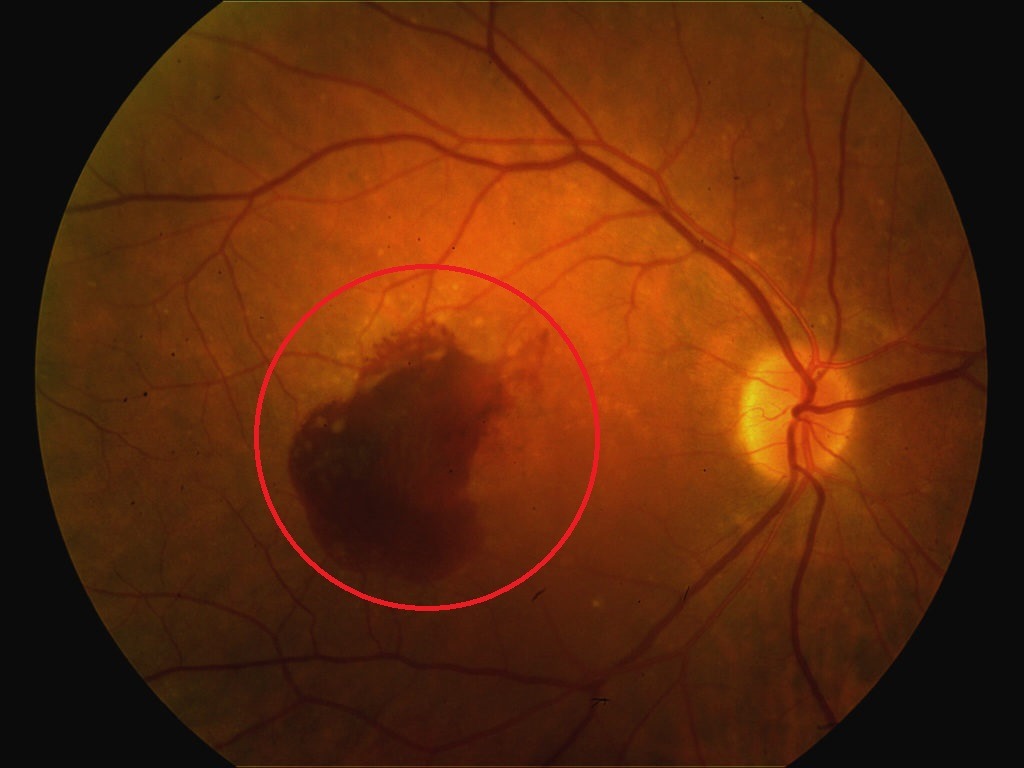
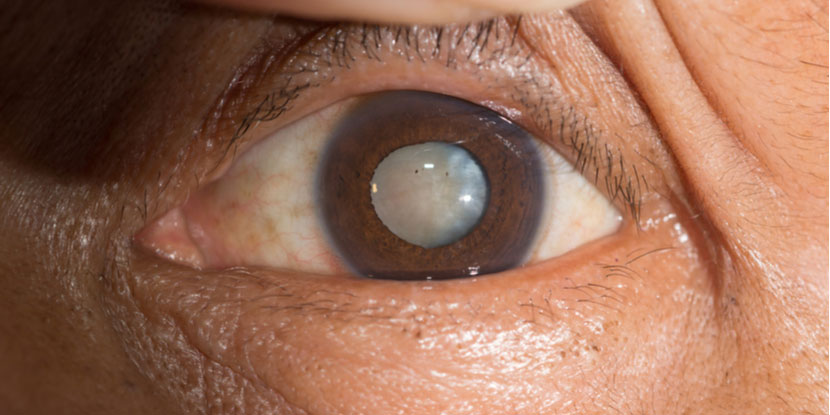
AREDS的研究目的
→ 調查能提高罹患黃斑病變和白內障的危險因素
→ 評估高劑量抗氧化劑和鋅對這兩種疾病進展的影響
AREDS的參與人數
AREDS的研究成果
成份 | AREDS配方* |
維他命C | 500 mg |
維他命E | 400 IU |
β-胡蘿蔔素 | 15 mg |
銅 | 2 mg |
鋅 | 80 mg |
葉黃素 | – |
玉米黃素 | – |
*注意:AREDS配方不適合吸煙或曾吸煙人士服用
AREDS團隊發現
- 在一些已患上中期黃斑病變的病人之中,服用以上AREDS配方能有效阻止黃斑病變惡化的機率達25%;
- AREDS 配方能將同一組病人的中心視力喪失風險降低了19% ;1
- AREDS 配方未能降低罹患白內障的風險。2
AREDS 2的誕生 全因β-胡蘿蔔素提高癌症風險
由於眾多文獻皆表明,長期攝取β-胡蘿蔔可能增加吸煙者罹患肺癌的風險,3,4 AREDS團隊於2006年期望利用奧米加-3(Omega-3)脂肪酸、葉黃素和玉米黃素來取代β-胡蘿蔔,並研究它們對預防黃斑點病變和白內障的成效。
再者,根據美國國家衛生院(National Institutes of Health,簡稱NIH)的指引,鋅的容許上限為每天40毫克。鑑於過量的鋅吸入會對身體產生毒性,也會引致其他營養素缺乏,5 故此在AREDS 2裡,研究團隊期望將鋅的劑量由原先的80毫克大大降低至25毫克,並研究此操作所帶來的影響。
AREDS 2的研究目的
→ 調查奧米加-3(Omega-3)脂肪酸、葉黃素和玉米黃素是否能取代β-胡蘿蔔
→ 評估降低鋅劑量對AREDS配方成效帶來的影響
AREDS 2的參與人數
AREDS 2的研究成果
「這些結果證實,將我們的配方從β-胡蘿蔔素轉換為葉黃素和玉米黃素是正確的選擇」
(AREDS研究團隊, 2022)
成份 | AREDS配方* | AREDS 2配方 |
維他命C | 500 mg | 500 mg |
維他命E | 400 IU | 400 IU |
β-胡蘿蔔素 | 15 mg | – |
銅 | 2 mg | 2 mg |
鋅 | 80 mg | 25 或 80 mg |
葉黃素 | – | 10 mg |
玉米黃素 | – | 2 mg |
*注意:AREDS配方不適合吸煙或曾吸煙人士服用
AREDS團隊在長達10年的追蹤研究中發現
- 相比起AREDS,服用AREDS 2配方能額外降低20% 晚期黃斑病變的風險;
- 在AREDS配方中增添奧米加-3沒有明顯降低晚期黃斑病變的風險;6
- 降低鋅的劑量並沒影響AREDS的功用;7
- 與AREDS配方一樣,AREDS 2 配方未能降低罹患白內障的風險。 8
成份愈多愈好?過量攝取或得不償失
有不少的民眾也會錯誤地認為營養補充品吃得愈多對身體健康愈好,這是大錯特錯的!過量攝取補充品,身體不但用不著,積存在體內的過剩營養還有可能對身體構成傷害,就以ARED 2的成份為例:
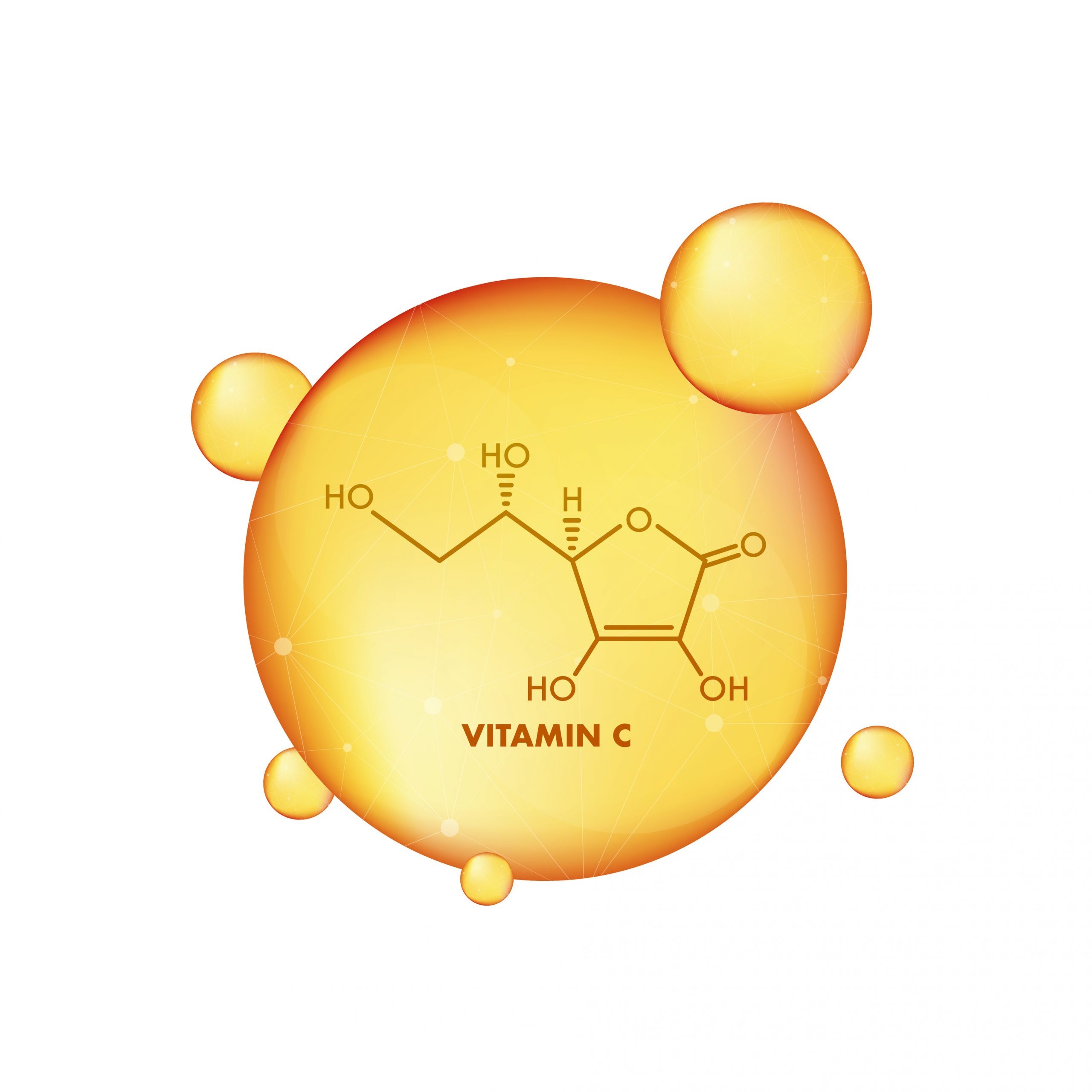
能導致腎功能出現問題 9
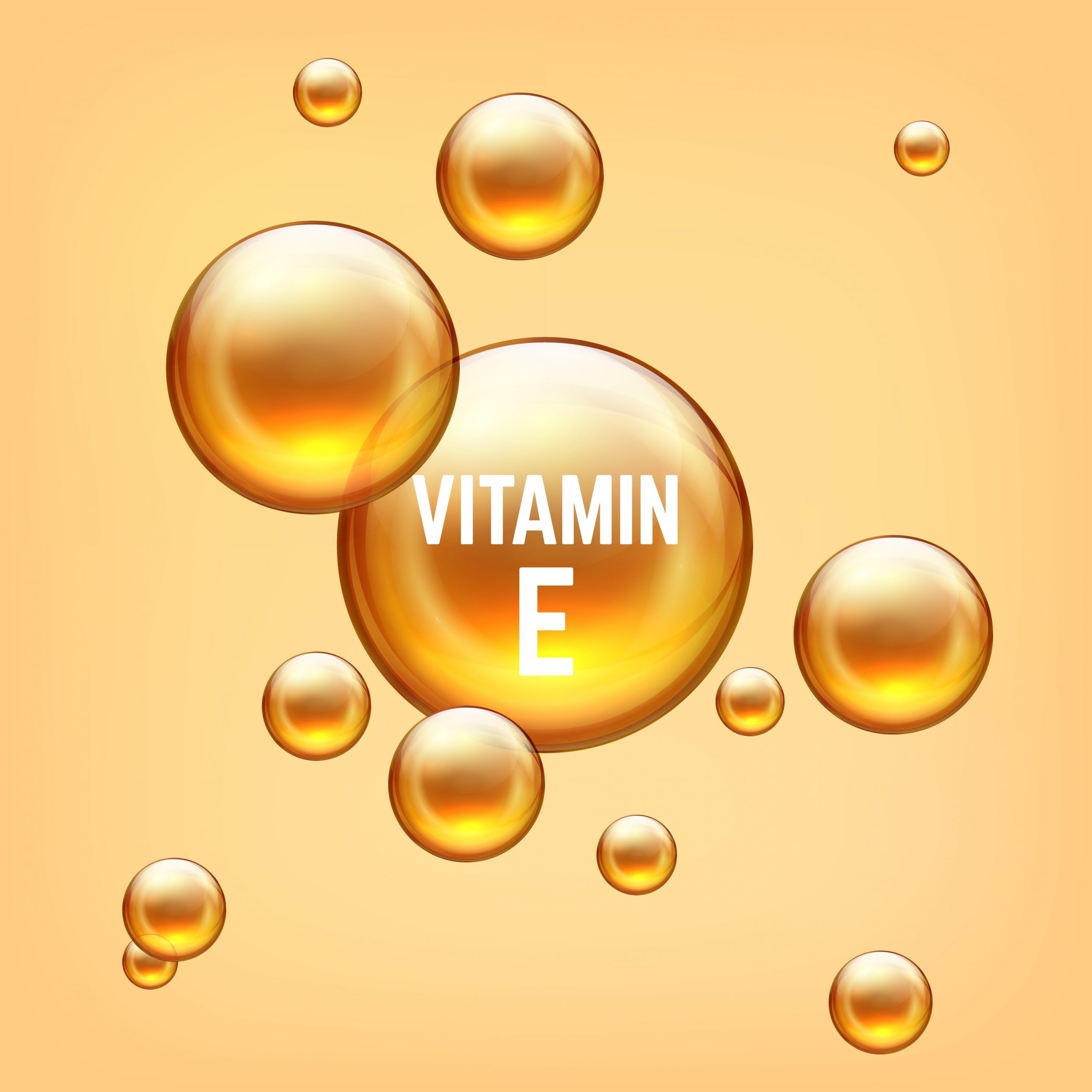
增加罹患前列腺癌的機率 10
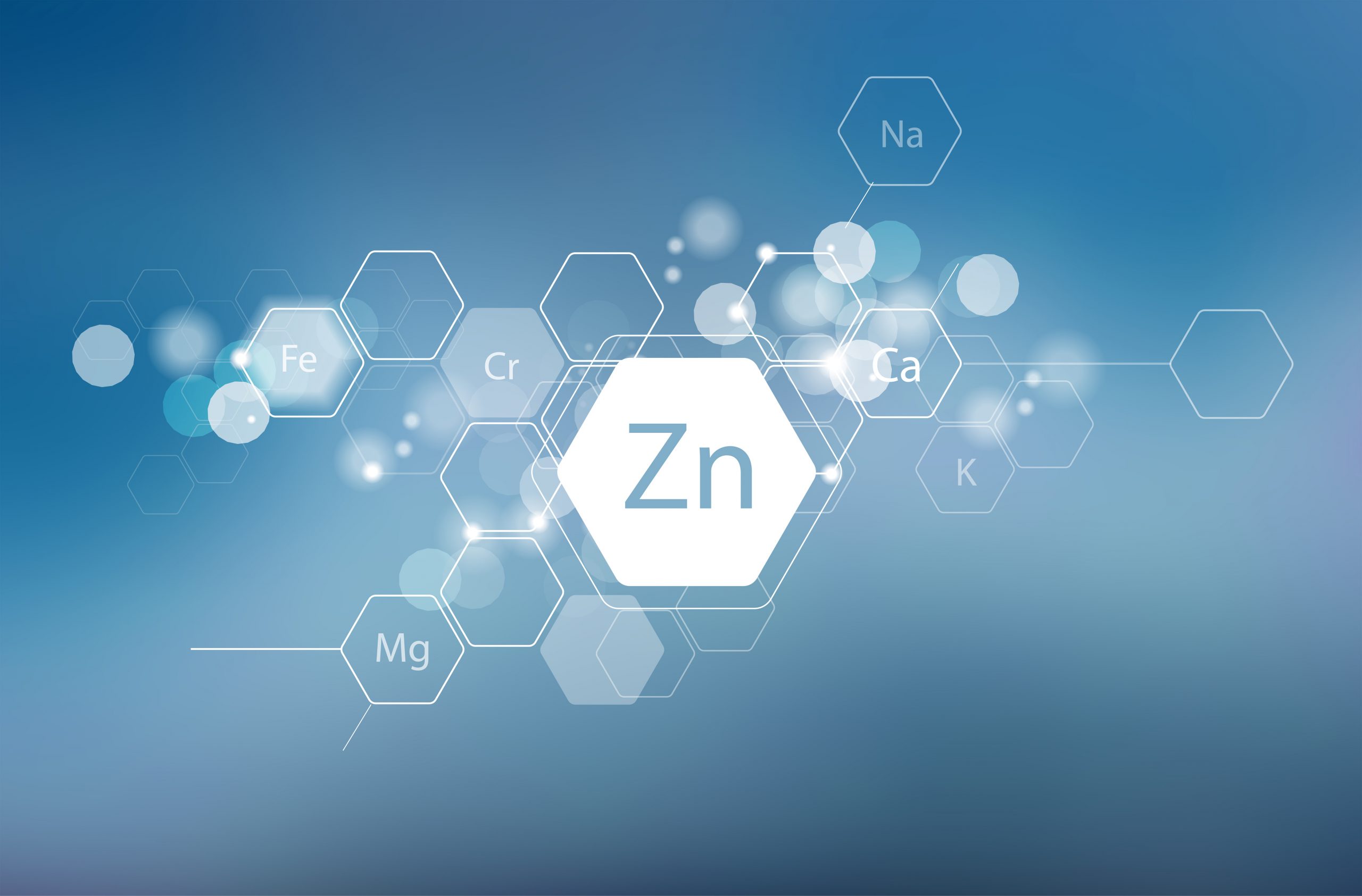
能令身體「好膽固醇」的比例下降 11
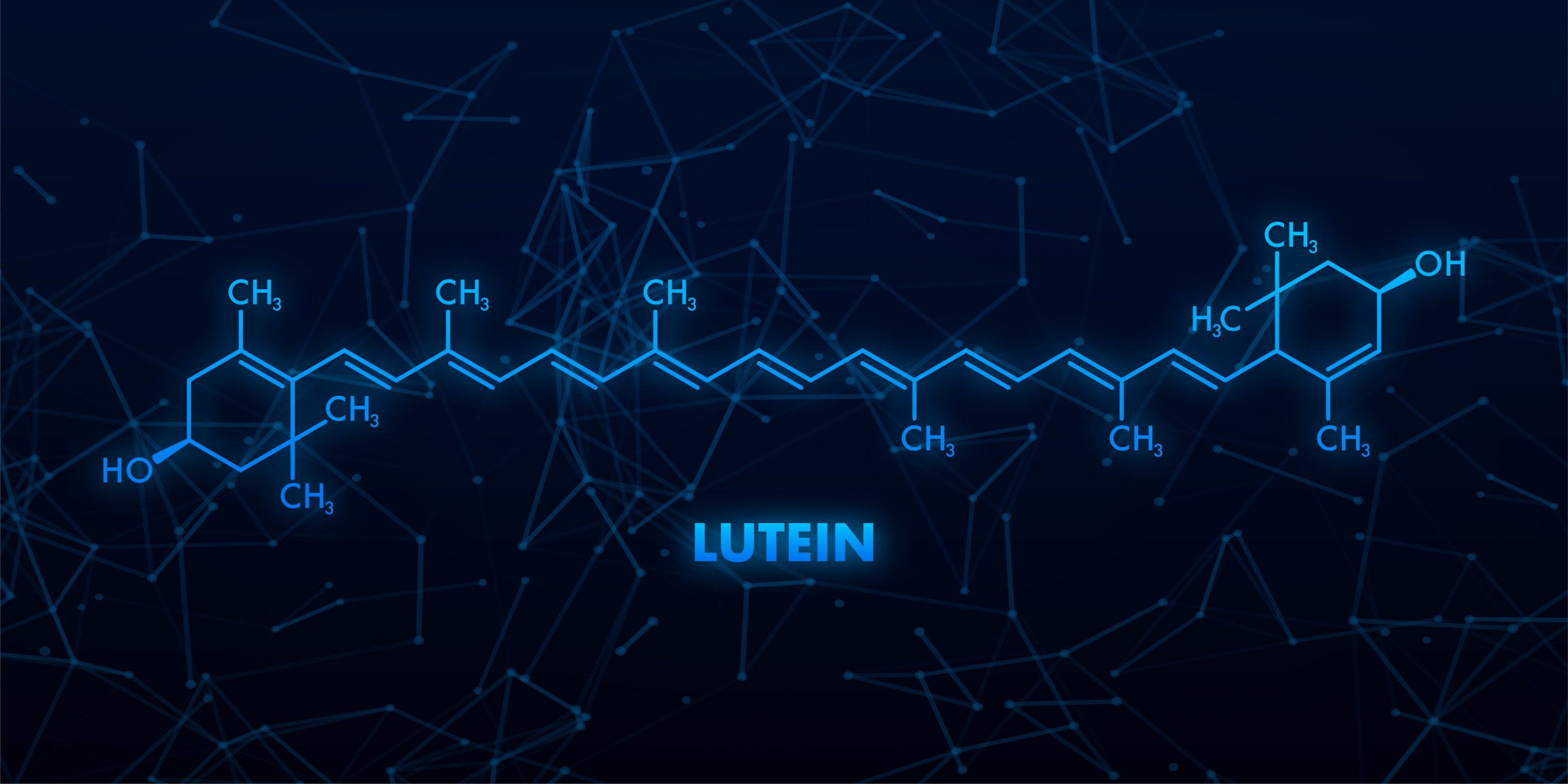
會令皮膚變黃 12
AREDS 2產品推薦
市面上的葉黃素補充品選擇實在是太多,要成為「睛」明的消費者,在挑選葉黃素補充品時應儘量選擇貼近AREDS 2 配方的!在此,筆者希望為各位讀者推薦一款與ARED 2配方成份一致的產品:
博士倫特效博士康®維生素AREDS 2升級配方

特效博士康®維生素AREDS 2升級配方是針對黃斑點健康研製,其護眼成份與上述ARED 2 配方一致,也是我們作為眼科視光師經常推薦護眼一族服用的葉黃素補充品。由於此產品不含β-胡蘿蔔素,故此亦適合吸煙或曾吸煙人士服用。
參考文獻:
- Age-Related Eye Disease Study Research Group. (2001). A randomized, placebo-controlled, clinical trial of high-dose supplementation with vitamins C and E, beta carotene, and zinc for age-related macular degeneration and vision loss: AREDS report no. 8. Archives of Ophthalmology, 119(10), 1417-1436. [Link]
- Age-Related Eye Disease Study Research Group. (2001). A randomized, placebo-controlled, clinical trial of high-dose supplementation with vitamins C and E and beta carotene for age-related cataract and vision loss: AREDS report no. 9. Archives of Ophthalmology, 119(10), 1439-1452. [Link]
- Albanes, D., Heinonen, O. P., Huttunen, J. K., Taylor, P. R., Virtamo, J., Edwards, B. K., … & Palmgren, J. (1995). Effects of alpha-tocopherol and beta-carotene supplements on cancer incidence in the Alpha-Tocopherol Beta-Carotene Cancer Prevention Study. The American Journal of Clinical Nutrition, 62(6), 1427S-1430S. [Link]
- Omenn, G. S., Goodman, G. E., Thornquist, M. D., Balmes, J., Cullen, M. R., Glass, A., … & Hammar, S. (1996). Risk factors for lung cancer and for intervention effects in CARET, the Beta-Carotene and Retinol Efficacy Trial. JNCI: Journal of the National Cancer Institute, 88(21), 1550-1559. [Link]
- Tubek, S. (2007). Zinc supplementation or regulation of its homeostasis: advantages and threats. Biological Trace Element Research, 119(1), 1-9. [Link]
- Chew, E. Y., Clemons, T. E., Agrón, E., Domalpally, A., Keenan, T. D., Vitale, S., … & AREDS2 Research Group. (2022). Long-term Outcomes of Adding Lutein/Zeaxanthin and ω-3 Fatty Acids to the AREDS Supplements on Age-Related Macular Degeneration Progression: AREDS2 Report 28. JAMA Ophthalmology. [Link]
- Chew, E. Y., Clemons, T. E., SanGiovanni, J. P., Danis, R., Ferris 3rd, F. L., Elman, M., … & Sperduto, R. (2013). Age-Related Eye Disease Study 2 Research Group. Lutein+ zeaxanthin and omega-3 fatty acids for age-related macular degeneration: The Age-Related Eye Disease Study 2 (AREDS2) randomized clinical trial. JAMA, 309(19), 2005-15. [Link]
- Chew, E. Y., SanGiovanni, J. P., Ferris, F. L., Wong, W. T., Agron, E., Clemons, T. E., … & Age-related Eye Disease Study 2 (AREDS2) Research Group. (2013). Lutein/zeaxanthin for the treatment of age-related cataract: AREDS2 randomized trial report no. 4. JAMA Ophthalmology, 131(7), 843-850. [Link]
- Mashour, S., Turner Jr, J. F., & Merrell, R. (2000). Acute renal failure, oxalosis, and vitamin C supplementation: a case report and review of the literature. Chest, 118(2), 561-563. [Link]
- Klein, E. A., Thompson, I. M., Tangen, C. M., Crowley, J. J., Lucia, M. S., Goodman, P. J., … & Baker, L. H. (2011). Vitamin E and the risk of prostate cancer: the Selenium and Vitamin E Cancer Prevention Trial (SELECT). JAMA, 306(14), 1549-1556. [Link]
- Hooper, P. L., Visconti, L., Garry, P. J., & Johnson, G. E. (1980). Zinc lowers high-density lipoprotein-cholesterol levels. JAMA, 244(17), 1960-1961. [Link]
- Maharshak, N., Shapiro, J., & Trau, H. (2003). Carotenoderma–a review of the current literature. International Journal of Dermatology, 42(3), 178-181. [Link]

